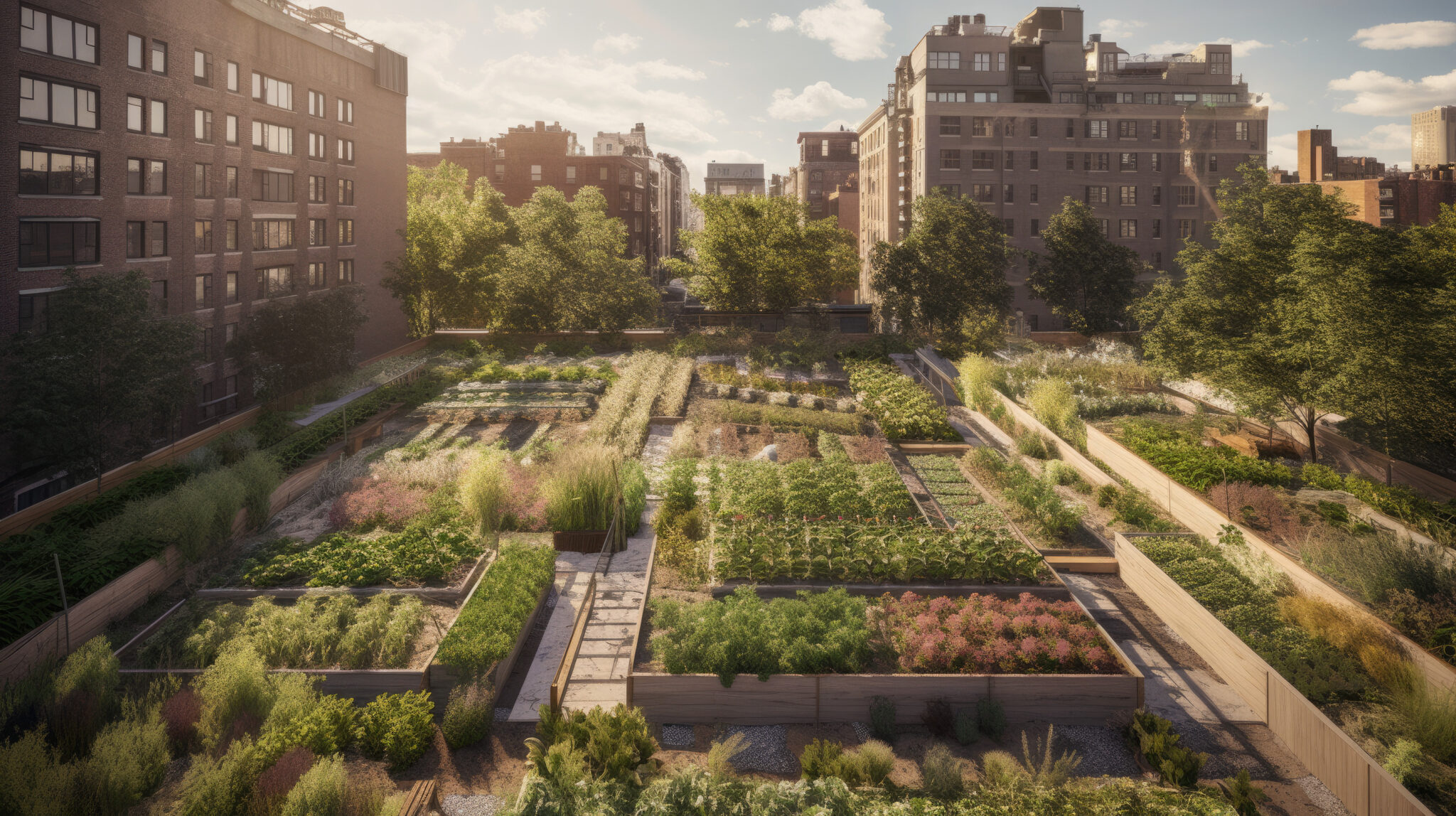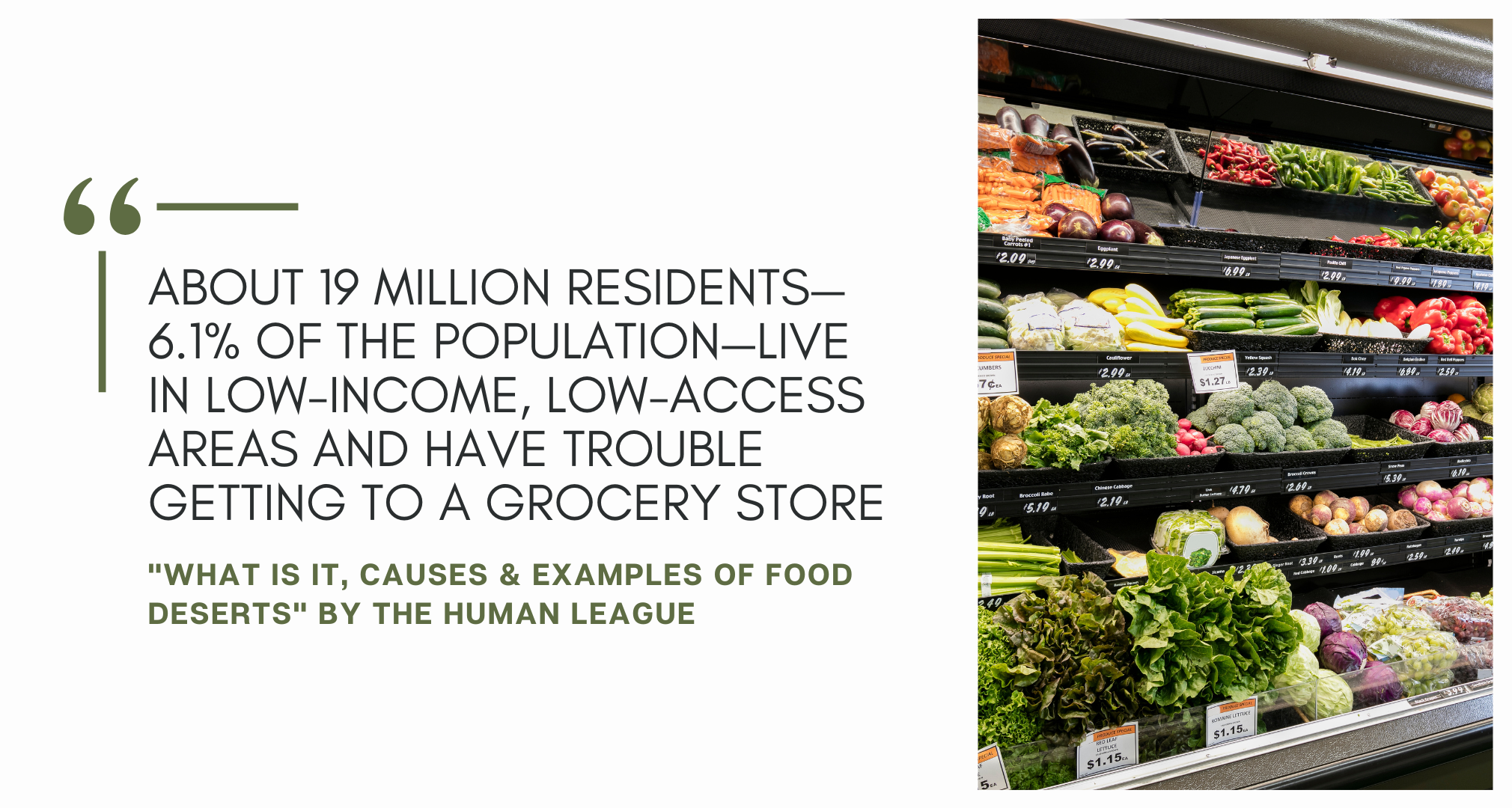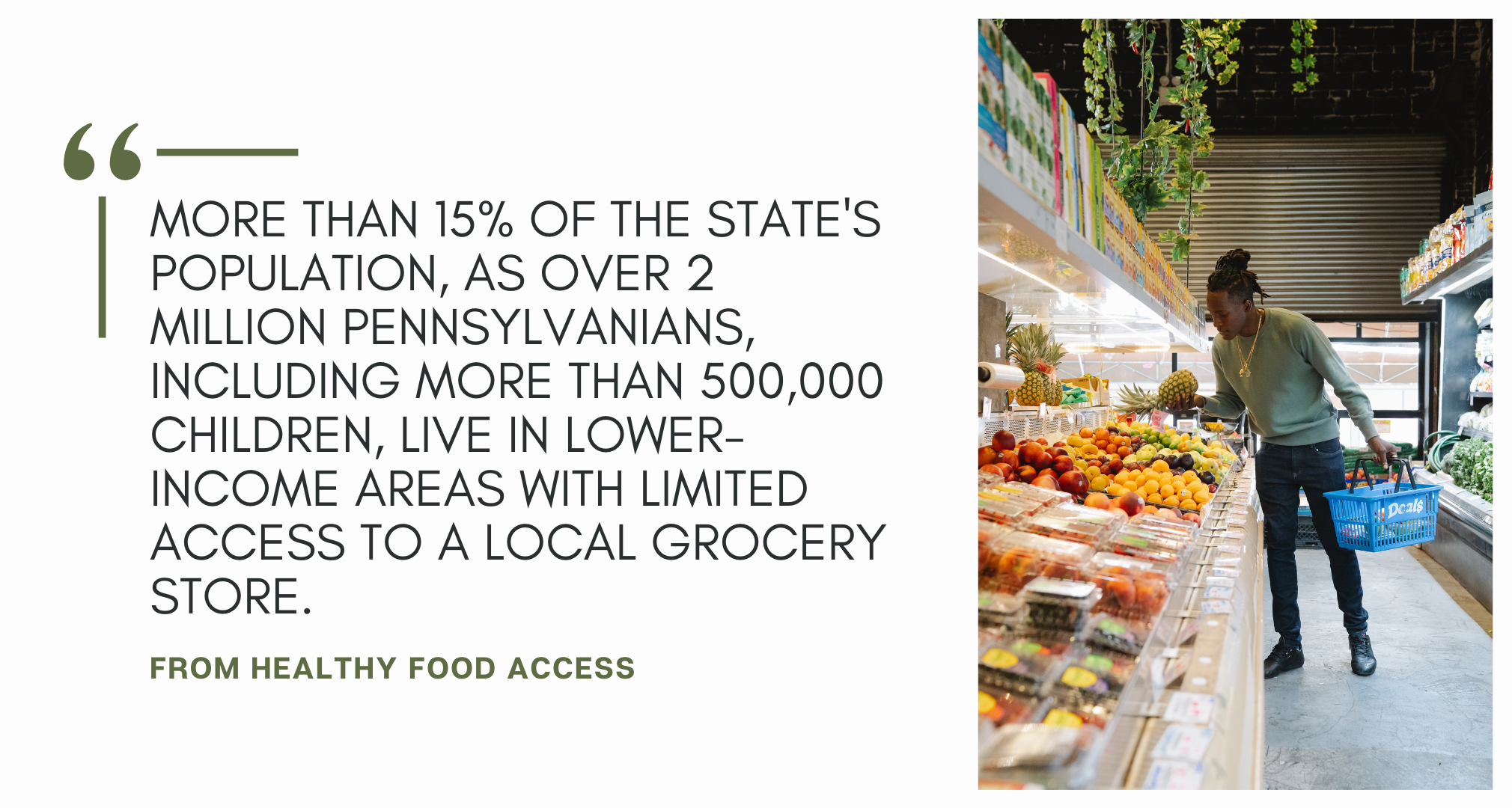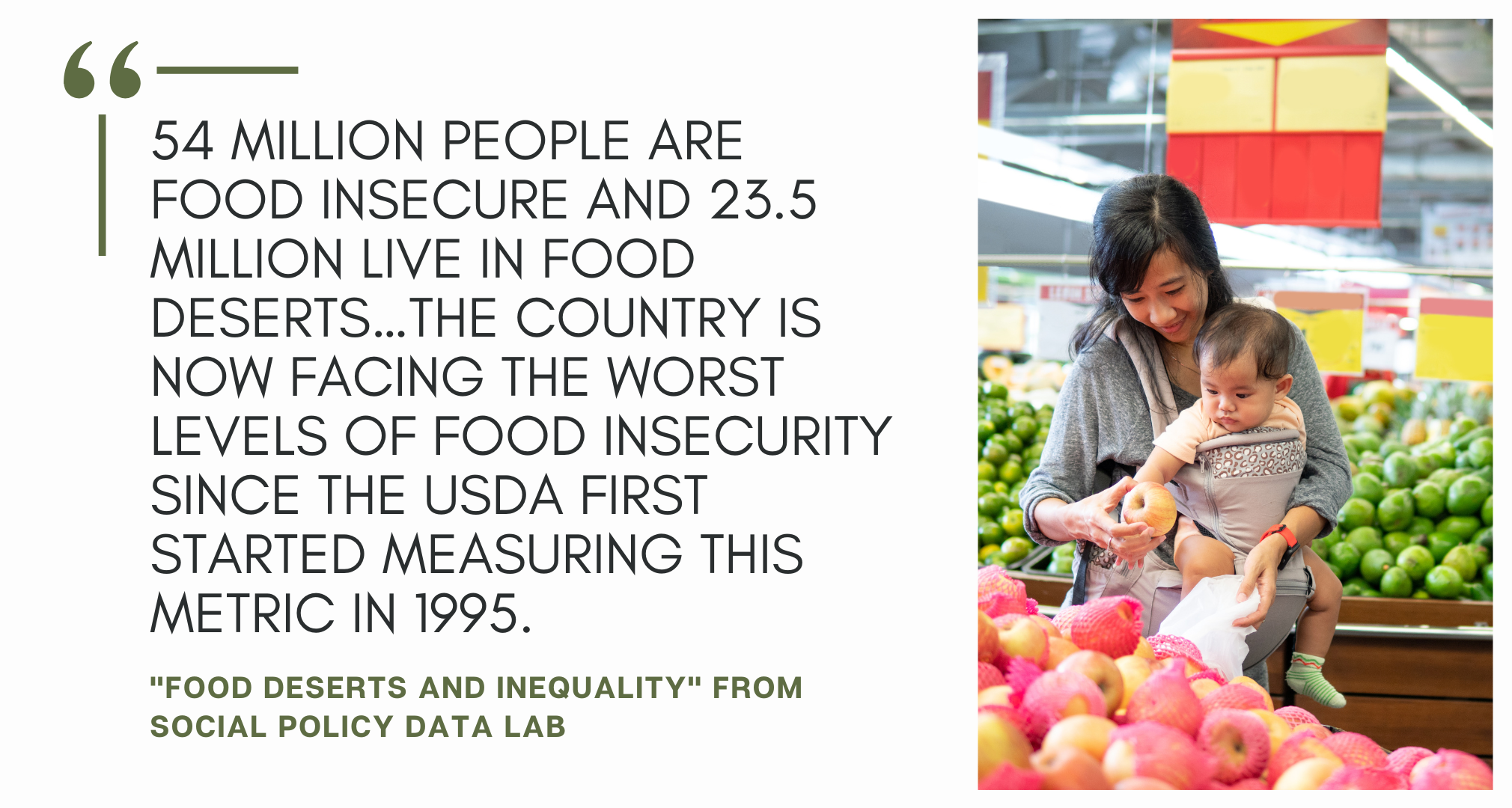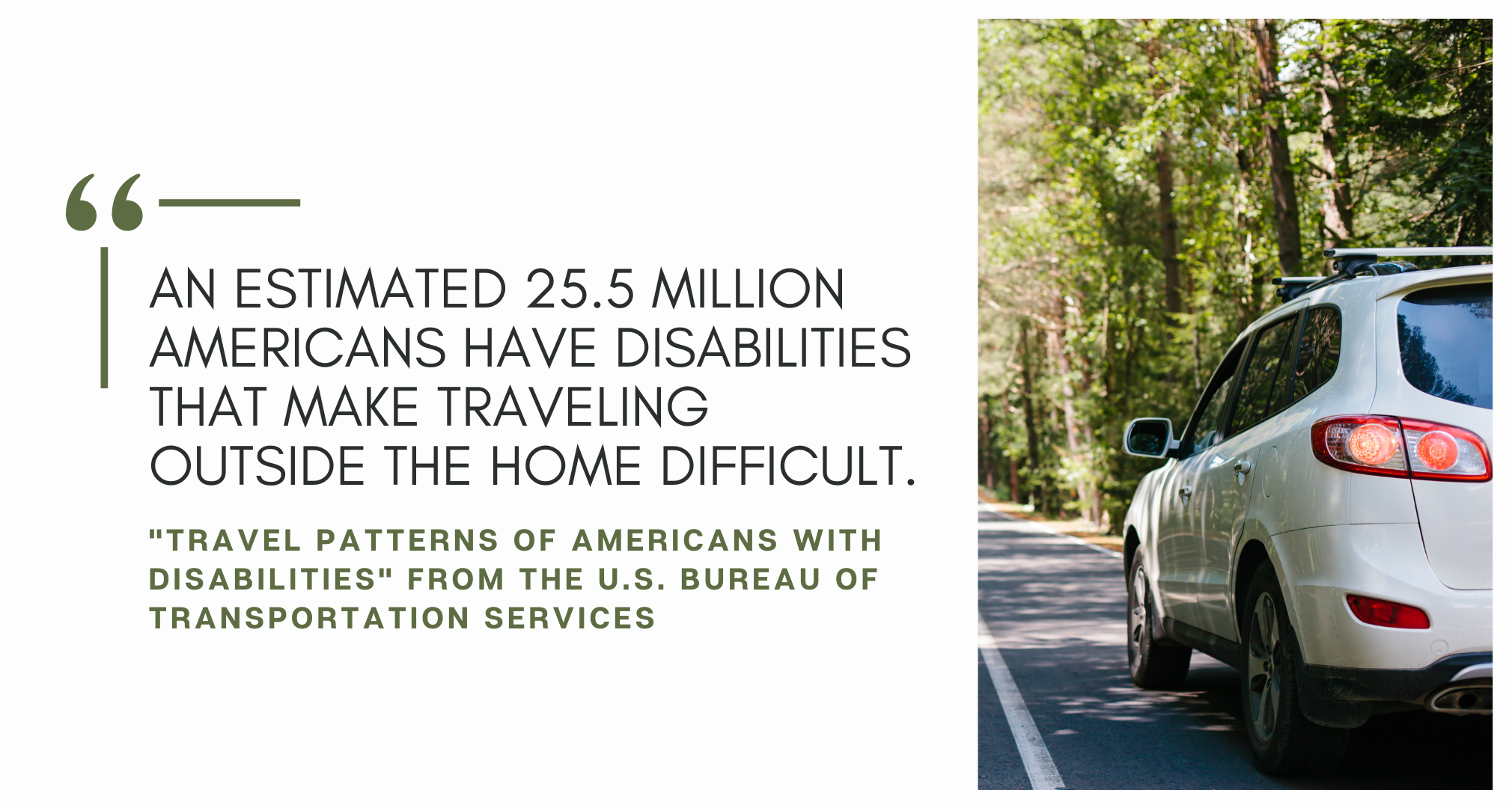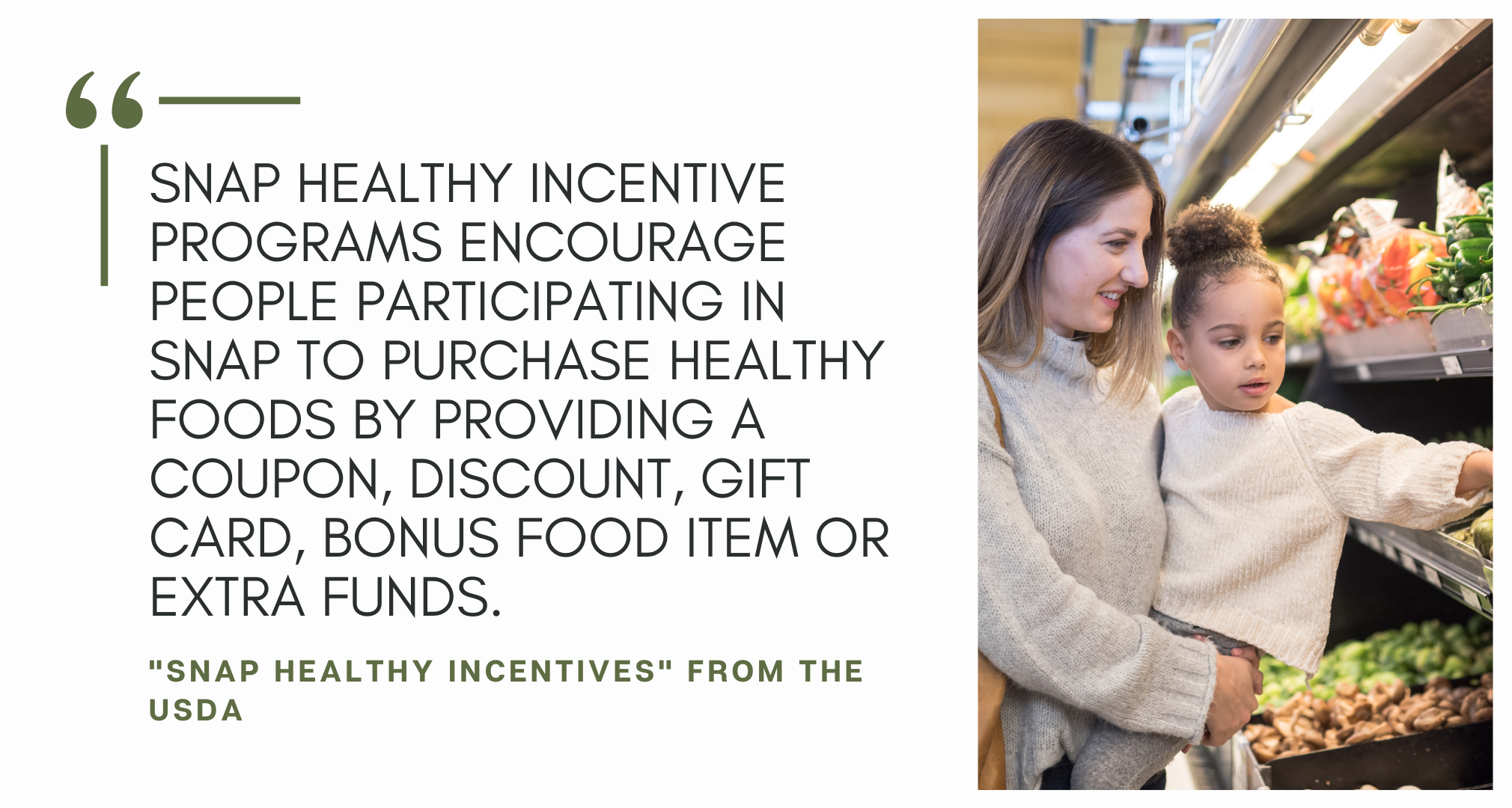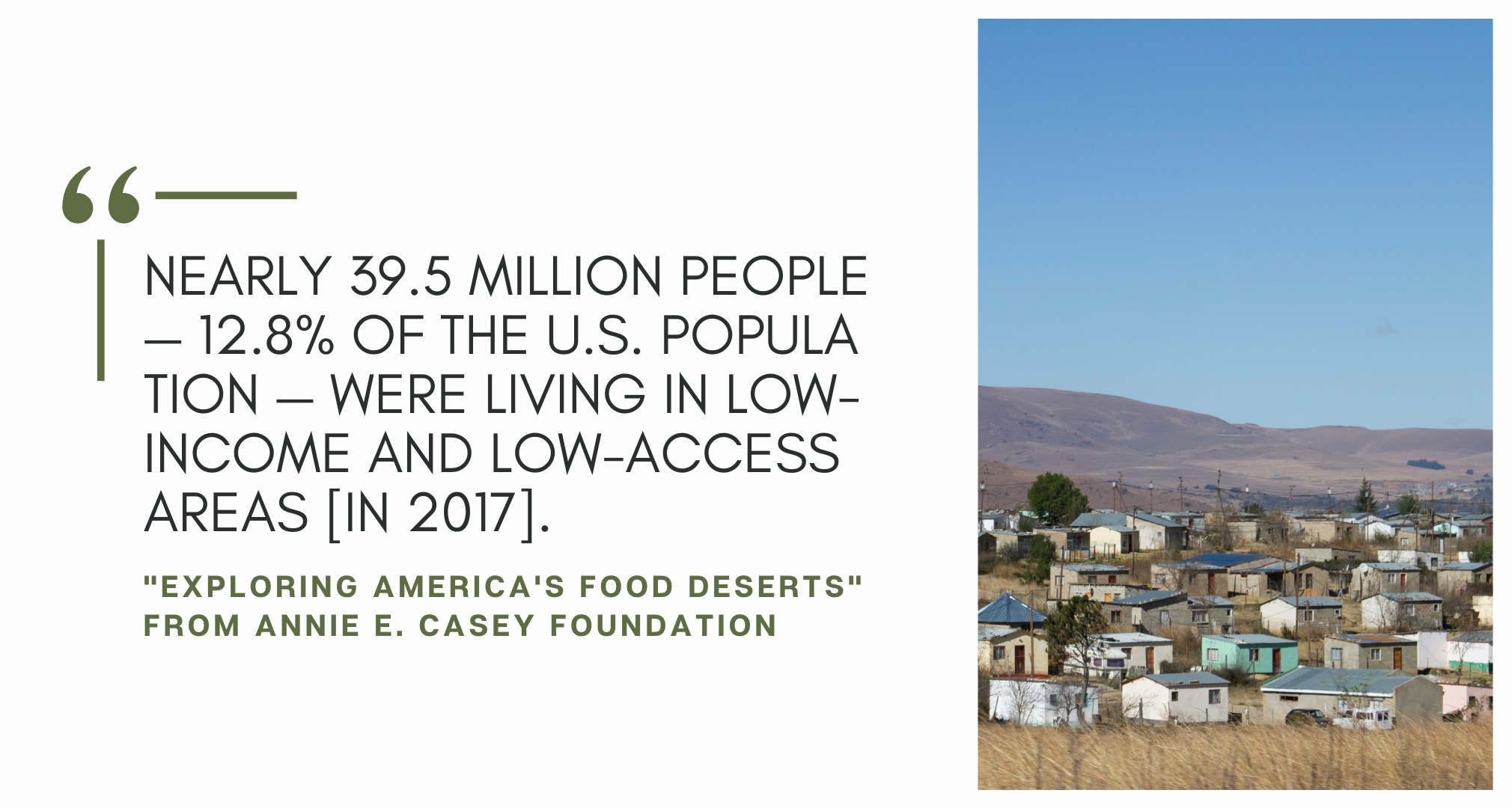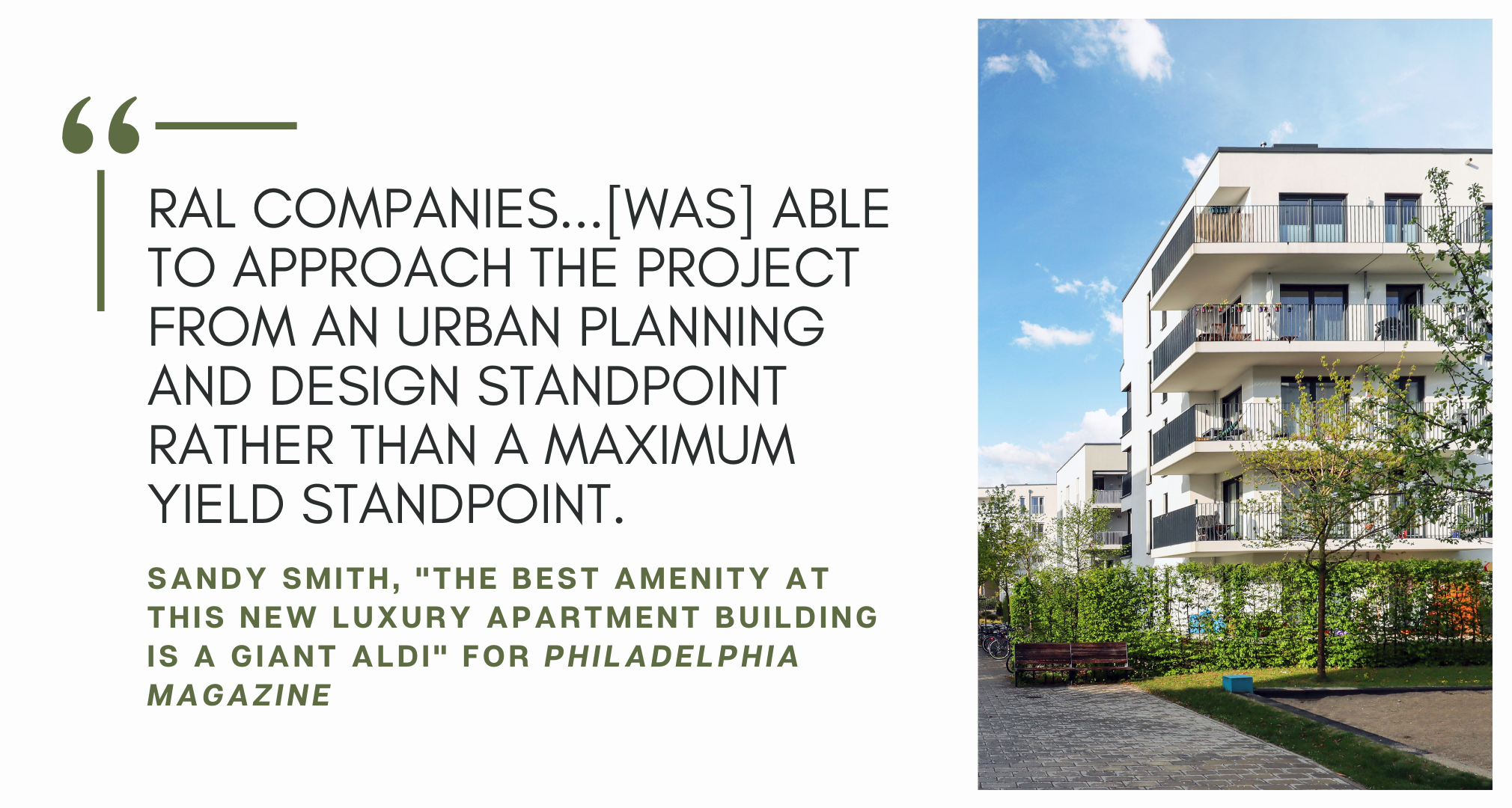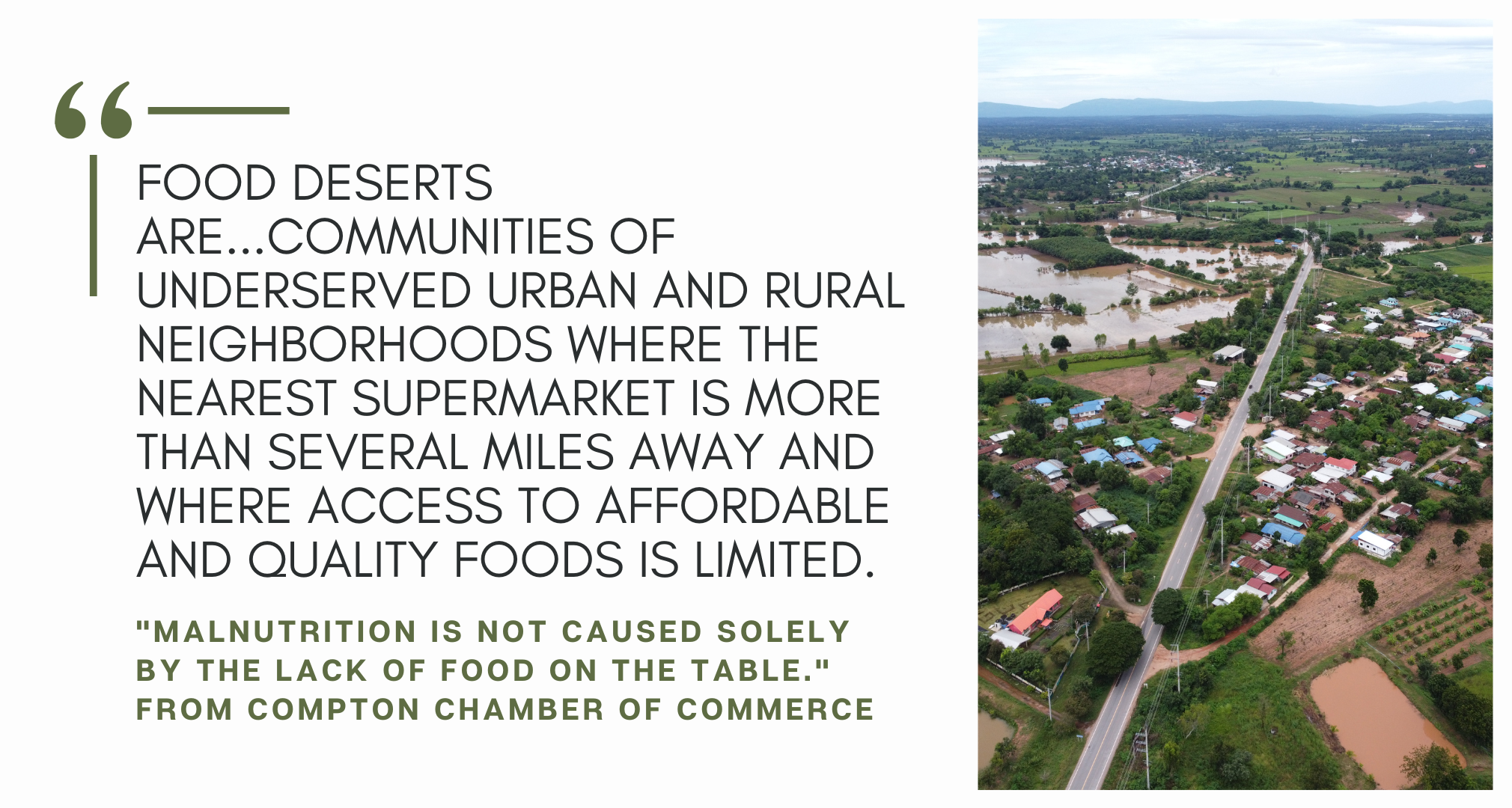One way to reduce the prevalence of food deserts is to encourage developers to build affordable housing near existing grocery stores and markets. This could reduce transportation limitations and increase accessibility. Giving people the ability to walk or bike to their local market reduces costs on budgets already stretched thin by other expenses. Similarly, developers can work with architects to create apartment buildings with green roofs and/or community gardens that are maintained and harvested by residents.
Another strategy is to offer free classes or guides on nutrition and health practices to those who may not be aware of how to properly use ingredients to cook nutritious meals. Providing a total value that goes beyond just packed bags of groceries doubles down on the benefits that come from being able to purchase healthy foods.
One of the key components in reducing food deserts is expanding public transit. This means increasing the number of buses and trains that run through areas where access to healthy food options is limited. By doing so, residents who may not have a car or live close to a grocery store can easily travel to one.
Chicago is a great example of how expanded public transit can make a big change. The city has implemented a program called Fresh Food Markets, which brings fresh produce to
neighborhoods with limited access to healthy foods. These markets are located near public transportation stops, making it easy for residents to get there.
Another option is to create community programs whereby volunteers transport groups of residents to and from farmers markets and grocery stores.
As demonstrated above, reducing food deserts requires a multifaceted approach that involves many components working together: city officials, developers, educators, and healthcare professionals all play important roles in this process. It will take time and effort, but with tools like education, strategic location choices, and creative solutions, it is possible to reduce the negative impact of food deserts in our communities.
One of the key factors that contribute to the existence of food deserts is limited access to healthy food options. Many low-income neighborhoods do not have supermarkets or grocery stores nearby, forcing residents to rely on fast food or convenience stores for their meals. This can lead to a high consumption of unhealthy foods, which can have serious health consequences such as obesity and diabetes. By building grocery stores in these areas, you provide residents with convenient access to fresh fruits and vegetables, lean proteins, and other essential components for a healthy diet.
Developers also play a crucial role in rural areas where transportation may be limited. Rural communities often lack easy access to large supermarkets or department stores. This makes it difficult for residents to purchase affordable and nutritious food options without spending excessive amounts on gas and travel time. Developing small-scale grocery stores within these rural communities can solve this problem and provide better food choices for residents.
Another important factor is cost. Healthy food options are often more expensive than processed or fast foods, making them unaffordable for many families on tight budgets. However, as a developer, you can work with local banks to offer discounts or incentives for those who choose healthier food options. Additionally, developing strategies that reduce the cost of healthy groceries can encourage residents to buy nutritious food and improve their overall health.
It is important for developers, landlords, and building management to consider how they can strike a balance between affordability and convenience when setting up these stores. For example, RAL Companies partnered with Aldi and local RCOs to build a Broadridge apartment
building on top of a chain grocery store.
Quoting RAL Companies president Spencer Levine in an article for Philadelphia Magazine, Sandy Smith writes that they “‘were able to approach the project from an urban planning and design standpoint rather than a maximum yield standpoint.'” RAL — which got its start developing supermarkets — reinforced its relationships with community leaders and residents throughout the course of this project. It established new partnerships, fostered important local relationships, and boosted its reputation in a city beyond its headquarters in New York.
This is a luxury apartment building, but similar projects could be developed with tenant affordability in mind. Developers stand to gain much more than pure profits with projects that
protect and empower local residents.


